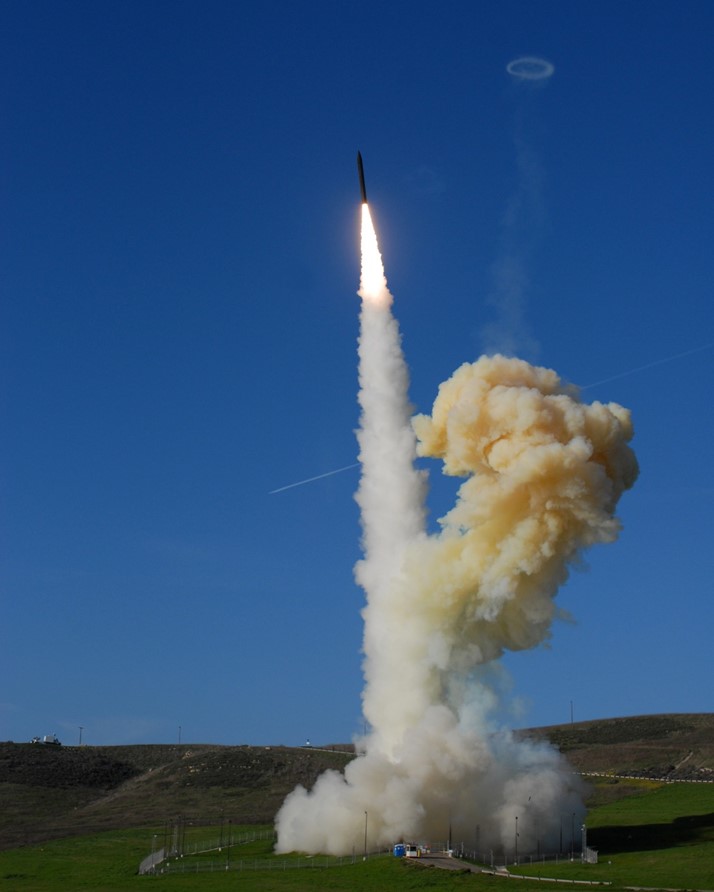America Has a Missile Shield Now. But Does It Actually Work?
Credit to Author: David Axe| Date: Tue, 14 Nov 2017 14:00:00 +0000
After spending hundreds of billions of dollars over more than 30 years, the US military has finally put the finishing touches on a high-tech missile shield for defending the American mainland from a nuclear sneak attack.
Last week, Boeing announced it had installed the 44th and final missile-interceptor for the Ground-Based Midcourse Defense (GMD) system. The US Army operates two rocket bases in Alaska and California equipped with the 50-foot-tall, three-stage missiles, which are designed to intercept incoming intercontinental ballistic missiles (ICBMs) at the edge of Earth’s atmosphere.
Boeing described the installation of the interceptor as a “milestone.” But there’s reason to be skeptical. Despite all the money and effort the military has invested over the years, the GMD system has never quite proved that it actually works.
“The GMD system as constructed has too few interceptors, too low reliability, and too little capability,” Laura Grego, a nuclear expert with the Massachusetts-based Union of Concerned Scientists, told me.
In a blog post, Grego described the GMD system as “essentially an advanced prototype.”
Cued by powerful surface-based radars and guided in its final moments by a tip-mounted sensor, the GMD works by literally striking an incoming rocket when both interceptor and target are traveling four miles per second or faster. Everything has to work perfectly for the interceptor to hit its mark.

The GMD failed to hit its target in half of the 18 test launches that the military has conducted since the 1990s. In 2016, the Pentagon’s testing agency was subdued in its praise of the system. “GMD demonstrates a limited capability to defend the US homeland from small numbers of simple intermediate-range or intercontinental ballistic missile threats launched from North Korea or Iran,” the testing agency reported.
But, the military added, “the reliability and availability of the operational [interceptors] are low.” And the Missile Defense Agency, which oversees the GMD’s development, “continues to discover new failure modes during testing.”
The latest test, in May, was at least partially successful. The interceptor struck and destroyed a target missile over the Pacific Ocean. “This is exactly the scenario we would expect to occur during an actual operational engagement,” Adm. James Syring, head of the Missile Defense Agency, told reporters.
But Syring declined to say how fast the target was traveling—and that’s important. A North Korean ICBM targeting Los Angeles would likely reach a velocity of 4.1 miles per second, Grego said. The target in the May 30 test probably maxed out at 3.7 miles per second, if not slower, Grego concluded after examining the test results.
Not only is it unclear whether the missile shield actually works, America’s rivals are investing in shorter-range nuclear delivery systems for which there are no practical defenses. North Korea is apparently installing atomic-tipped rockets on submarines that could creep close to their targets before attacking. And Russia is reportedly refurbishing giant, Cold War-vintage mobile artillery vehicles that can lob nuclear artillery shells just over the horizon.
Get six of our favorite Motherboard stories every day by signing up for our newsletter.